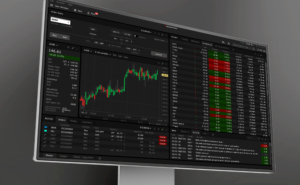Headline CPI inflation edged higher in May to 2.9% year-on-year (y/y), above expectations for a 2.6% y/y print.
The acceleration was led by services, which were up 4.6% y/y, as Canadians were paying up for travel tours (+6.9% y/y) and flights (+4.5% y/y). This continues a trend where Canadians have been increasingly willing to spend on experiences rather than physical goods.
Shelter inflation also remained hot, coming in at 6.4% y/y (same as April). Rents were up an eyewatering 9.0% y/y, while mortgage interest cost inflation remained sky high at 23.3% y/y.
Goods inflation held steady at 1.0% y/y. This has been kept low by falling durable goods prices, which clocked in at -0.8% y/y (same as April). Discounting at furniture and home improvement stores continues to support easing price pressures.
In other disappointing news, the Bank of Canada’s preferred “core” inflation measures rose to 2.9% y/y in May, up from 2.7% y/y in April. On a three-month annualized basis, the average moved from 1.6% in April to 2.5% in May. The BoC’s former preferred measure, CPIX, went from 0.8% on the three-month basis to 2.1%. While these figures are still within the BoC’s target range, they aren’t moving in the right direction.
Key Implications
While this wasn’t as big of a letdown as the Oilers’ game last night, today’s CPI print was a disappointment. Not only did the headline print unexpectedly rise, the average of the BoC’s core inflation rates increased for the first time in 2024! This was driven by big price swings in a number of services categories. Big increases were seen in areas related to housing and travel – two sources of unrelenting price pressures over the last year.
Today’s report won’t instill any added confidence for the Bank of Canada. The central bank cut interest rates in early-June because it gained sufficient conviction that it had inflation under control. Just yesterday, Governor Macklem said in a speech, “since January, inflation has been below 3%, and our measures of underlying inflation have eased steadily. This has increased our confidence that inflation will continue to move closer to the 2% target this year.” Now, one bad inflation print doesn’t make a trend, and inflation remained below 3%. But it does speak to the unevenness of the path back to 2%. For this reason, we think the BoC will likely pause at its July meeting, before cutting rates again in September.









